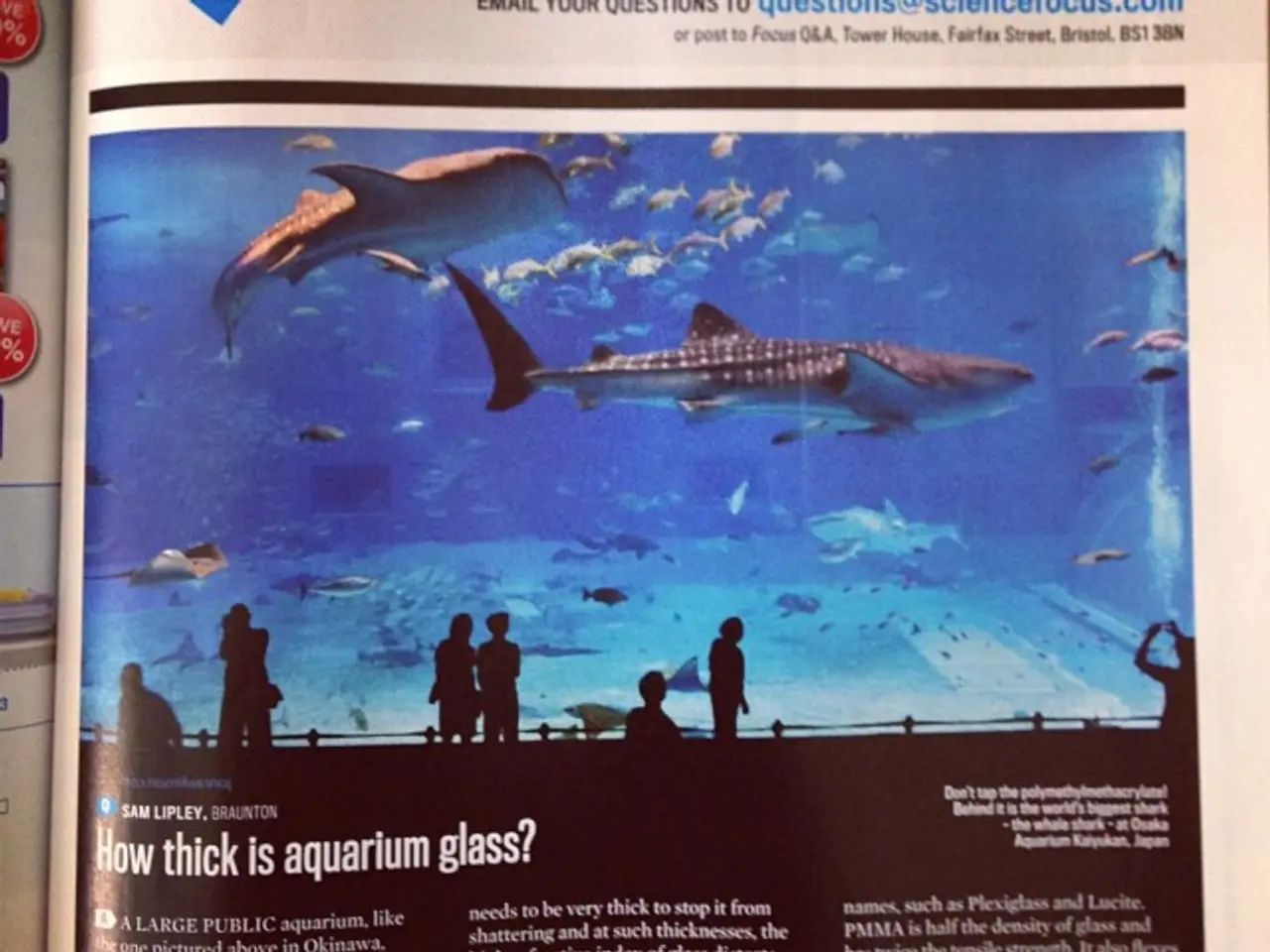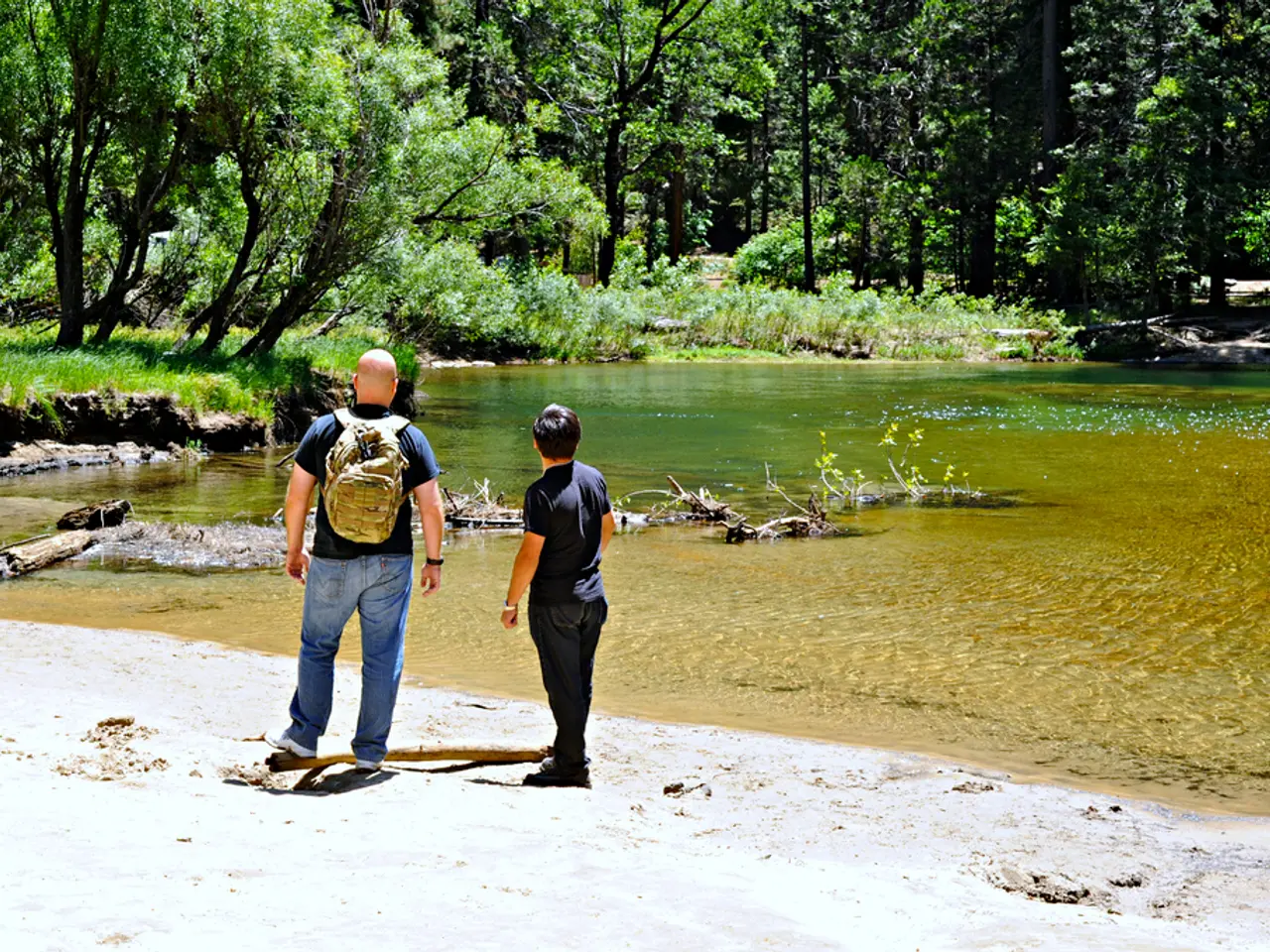Fishing authorities, NOAA Fisheries and Gulf States Marine Fisheries Commission, unveil plans for enhancing Red Snapper data collection and analysis projects
The Gulf of Mexico is set to witness a significant leap in the collection and management of recreational fishing data, with several projects underway. These initiatives, part of a collaborative effort led by NOAA Fisheries and the Gulf States Marine Fisheries Commission, aim to enhance data quality and reduce uncertainty for better fisheries management across the region.
The focus of these projects is on advancing methods to collect more accurate, timely, and regionally relevant data on recreational fishing activities and discards. One of the key objectives is to address known data gaps and challenges in current reporting systems, particularly focusing on discards and effort characterisation, which are major sources of uncertainty.
Several organisations are involved in these projects. Mississippi State University is developing a novel, hybrid catch card for quantifying reef fish discards across the United States Gulf of Mexico. LGL Ecological Research Associates are calculating private recreational fishing effort with smartphone mobility data, satellite imagery, and aerial surveys related to managed reef fish species. The University of South Florida is conducting a project to determine congruence between discard rates from At-Sea Observer discards and dockside interviews in the Gulf of America For-Hire Recreational Fleet.
Innovative data collection techniques, including the use of advanced video technology and artificial intelligence, are being employed to monitor fishing effort and discards more accurately. For-hire, at-sea sampling programs in the western Gulf are being expanded to enhance data from commercial recreational vessels. The Gulf States Marine Fisheries Commission is established as a clearinghouse for aggregated data, improving infrastructure for data management and distribution.
The projects also aim to improve the precision and accessibility of federal and state recreational fishing data for red snapper, a culturally and economically significant species and a flagship species for the Gulf’s large recreational fishery. Approximately $18.5 million of supplemental funding has been approved to improve red snapper data and make it more accessible.
The selected projects were chosen based on scientific merit, feasibility, and their potential to significantly enhance data quality across Gulf states. The Florida Fish and Wildlife Conservation Commission is involved in a project analysing discard patterns of the Gulf of America private recreational fleet for economically and ecologically important reef fish species. Mote Marine Laboratory is working on improving recreational fishing effort estimates with shore-based cameras and machine learning artificial intelligence.
These projects will contribute directly to better-informed stock assessments, management decisions, and conservation strategies. The projects are set to begin on January 1, 2026, and will receive a total of $7.5 million from the Commission. The Nature Conservancy, which is a funding recipient for a project that will combine satellite imagery with regional fishery data and angler knowledge to estimate spatial and temporal patterns of recreational fishing effort in the Gulf, is also part of this collaborative initiative.
In conclusion, these data collection projects for Gulf states, including efforts focused on red snapper, have specific goals and methods aimed at improving the accuracy and timeliness of recreational fishing effort and discard data. By leveraging modern technologies and improved sampling, these projects aim to make data collection more precise, comprehensive, and timely, ultimately supporting sustainable fisheries management through better-informed stock assessments, management decisions, and conservation strategies.
- The Gulf States Marine Fisheries Commission, alongside NOAA Fisheries, is establishing itself as a data management clearinghouse, utilizing advanced technology and artificial intelligence, to gather more accurate data on recreational fishing activities, with the ultimate goal of enhancing environmental-science research and finance for better fisheries management.
- The Florida Fish and Wildlife Conservation Commission is involved in an environmental-science research project that analyzes discard patterns of the Gulf of America's private recreational fleet, using machine learning artificial intelligence to further the understanding of economically and ecologically significant reef fish species and inform more strategic management decisions.
- Recreational fishing projects in the Gulf of Mexico, like the one led by the Nature Conservancy, are incorporating satellite imagery and angler knowledge to estimate spatial and temporal patterns of recreational fishing effort, integrating cutting-edge technology and science in fisheries management for improved conservation strategies.




